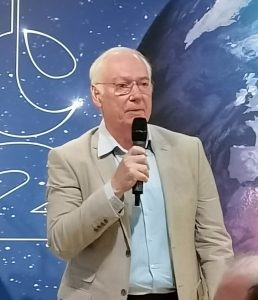Space test of the equivalence principle
The MICROSCOPE mission has been the first spatial test of the Equivalence Principle. It has now been completed successfully and has proven that bodies fall in vacuum with the same acceleration regardless of their composition or mass, with the best ever precision of a few 10-15 for this test.
This result confirms the equivalence principle which is the cornerstone of General Relativity proposed by Albert Einstein more than a century ago. The theory is found to agree with the many tests of gravity performed to this purpose, but it is in its current form incompatible with quantum field theory,
Most of the numerous theories proposed to unify gravitation and quantum physics predict a violation of the equivalence principle. Testing the principle thus amounts to looking at the foundations of general relativity, improving constraints on new theories and any new interaction beyond the Standard Model.
MICROSCOPE was a CNES microsatellite, equipped with ONERA accelerometers. Data analysis was carried out by Geoazur (CNRS/OCA/UCA), ONERA and CNES with the support of the Science Working Group (CNRS, IHES, Imperial College, Univ. of Bremen, DLR, Univ. of Delft, IGN).
Publication of the final results
MICROSCOPE Mission: Final Results of the Test of the Equivalence Principle,
Pierre Touboul et al. Phys. Rev. Lett. 129, 121102 (2022) https://journals.aps.org/prl/abstract/10.1103/PhysRevLett.129.121102
Special issue in Classical and Quantum Gravity containing 11 papers covering the various aspects of the mission
Pierre Touboul et.al, CQG Volume 39, Number 20 (2022): https://iopscience.iop.org/issue/0264-9381/39/20
 Serge Reynaud presents the scientific motivations for the Microscope mission during the press release announcing its final results at CNES headquarters.
Serge Reynaud presents the scientific motivations for the Microscope mission during the press release announcing its final results at CNES headquarters.